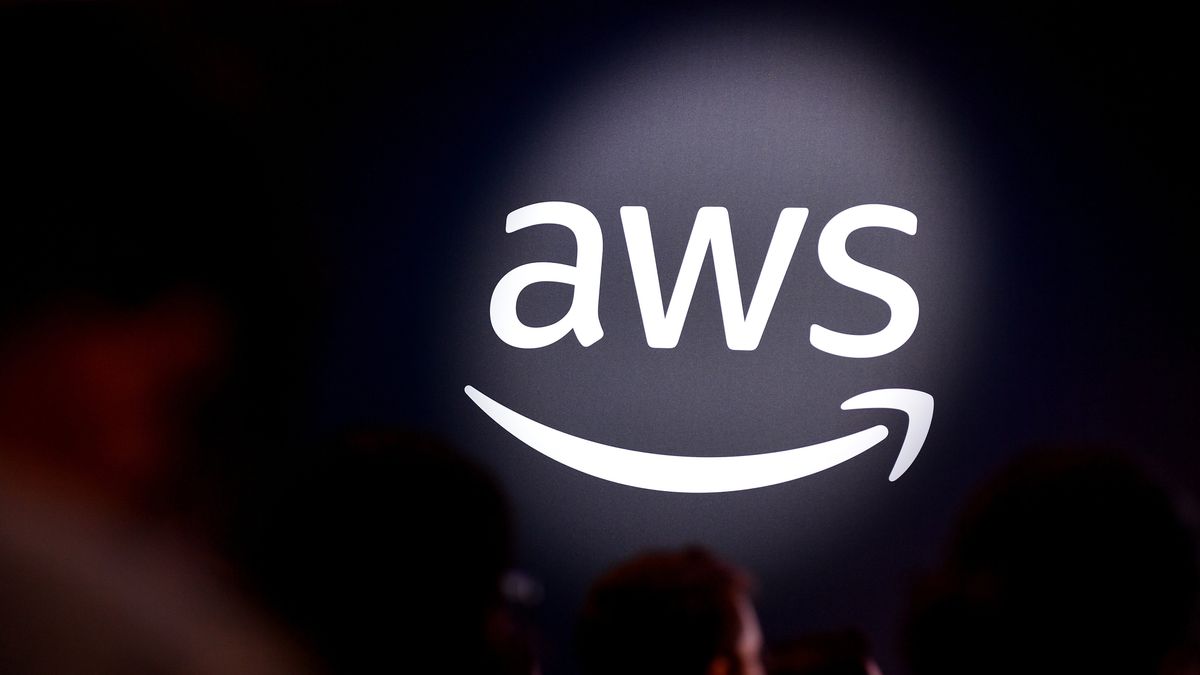The Race for Edge Computing Dominance: A Deep Dive into the Battle between Cloud Providers, Industrials, and Telcos
The race for edge computing dominance is heating up, with cloud providers, industrials, and telcos all vying for a piece of the rapidly expanding market. This high-stakes competition is driven by the increasing demand for real-time data processing and analytics, which traditional cloud computing models struggle to deliver due to latency issues. Edge computing, which brings computation and data storage closer to the location where it’s needed, is seen as the solution to this problem.
Cloud providers, such as Amazon Web Services (AWS), Microsoft Azure, and Google Cloud, are leveraging their existing infrastructure and customer base to stake their claim in the edge computing market. AWS, for instance, has launched AWS Outposts and AWS Wavelength, which extend its cloud capabilities to on-premises and 5G networks respectively. Similarly, Microsoft Azure has rolled out Azure Stack Edge, a hardware device that brings Azure’s compute, storage, and machine learning capabilities to the edge.
However, cloud providers are not the only players in this race. Industrial companies, such as Siemens, GE, and Bosch, are also making significant strides in edge computing. These companies are capitalizing on their deep industry knowledge and existing relationships with customers to offer edge computing solutions tailored to specific industry needs. For example, Siemens’ Industrial Edge platform provides edge computing capabilities for manufacturing and process industries, while GE’s Predix Edge software enables industrial data analysis at the edge.
Meanwhile, telcos are leveraging their 5G networks to deliver edge computing services. Companies like AT&T, Verizon, and Vodafone are partnering with cloud providers to offer edge computing solutions that combine the low latency of 5G with the high processing power of the cloud. AT&T, for instance, has teamed up with Microsoft Azure to launch Azure Edge Zones, which bring Azure services to AT&T’s 5G network.
Despite the intense competition, it’s clear that no single player can dominate the edge computing market alone. The diverse needs of different industries and applications require a variety of edge computing solutions, which no single company can provide. Therefore, partnerships and collaborations are becoming increasingly important in this race.
For instance, cloud providers are partnering with telcos to extend their cloud capabilities to the edge of 5G networks. Similarly, industrial companies are collaborating with cloud providers and telcos to deliver industry-specific edge computing solutions. These partnerships not only enable companies to leverage each other’s strengths but also accelerate the adoption of edge computing.
In conclusion, the race for edge computing dominance is far from over. While cloud providers, industrials, and telcos each bring unique strengths to the table, the key to winning this race lies in partnerships and collaborations. As the demand for real-time data processing and analytics continues to grow, the battle for edge computing dominance is set to intensify, shaping the future of the digital world.











